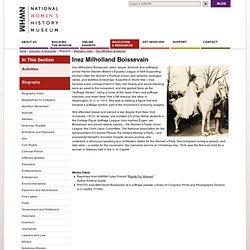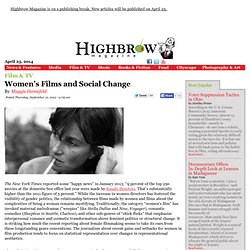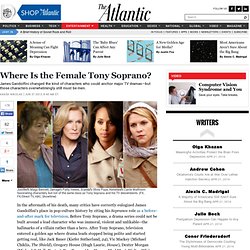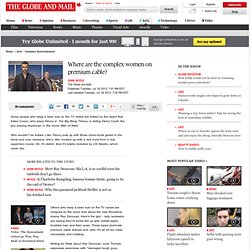

The Hairpin - Ladies First. Education & Resources - National Women's History Museum - NWHM. Inez Milholland Boissevain, labor lawyer, feminist, and suffragist, joined Harriot Stanton Blatch’s Equality League of Self-Supporting Women (later the Women’s Political Union) and lectured, arranged rallies, and testified at hearings.

A pacifist in World War I, Inez became a war correspondent in Italy. Her beauty and social standing were an asset to the movement, and she gained fame as the “Suffrage Herald,” riding a horse at the head of two vast suffrage marches, one down New York’s 5th Avenue, the other in Washington, D. C. in 1913. She was so striking a figure that she became a suffrage symbol, part of the movement’s enduring imagery. She attended Vassar and earned a law degree from New York University (1912). Works Cited: Reprinted from NWHM Cyber Exhibit "Rights For Women" Author Kristina Gupta PHOTO: Inez Milholland Boissevain at a suffrage parade, Library of Congress Prints and Photographs Division (LC-USZ62-77359) Women’s Films and Social Change. The New York Times reported some “happy news” in January 2013: “9 percent of the top 250 movies at the domestic box office last year were made by female directors.

That’s substantially higher than the 2011 figure of 5 percent.” While the increase in women directors has fostered the visibility of gender politics, the relationship between films made by women and films about the complexities of being a woman remains mystifying. Traditionally, the category “women’s film” has invoked maternal melodramas (“weepies” like Stella Dallas and Now, Voyager), romantic comedies (Sleepless in Seattle, Clueless), and other sub-genres of “chick flicks” that emphasize interpersonal romance and cosmetic transformation above feminist politics or structural change.
It is striking how much the recent reporting about female filmmaking seems to take its cues from these longstanding genre conventions. This is precisely the problem. Perhaps the biggest breakthrough has been in the documentary genre. A: No. World's Most Powerful Women Share Best Commencement Advice For New Grads. Where Is the Female Tony Soprano? - Akash Nikolas. James Gandolfini changed the kind of characters who could anchor major TV dramas—but those characters overwhelmingly still must be men.

Justified's Mags Bennett, Damage's Patty Hewes, Scandal's Olivia Pope, Homeland's Carrie Mathison: fascinating characters, but not of the same class as Tony Soprano and his TV descendants. (FX, FX/Direct TV, ABC, Showtime) In the aftermath of his death, many critics have correctly eulogized James Gandolfini's place in pop-culture history by citing his Sopranos role as a before-and-after mark for television. Before Tony Soprano, a drama series could not be built around a lead character who was immoral, violent and unlikable--the hallmarks of a villain rather than a hero. After Tony Soprano, television entered a golden age where drama leads stopped being polite and started getting real, like Jack Bauer (Kiefer Sutherland, 24), Vic Mackey (Michael Chiklis, The Shield), Gregory House (Hugh Laurie, House), Dexter Morgan (Michael C.
3 Ways Feminist Music can Help with Healing. Good Books Every Woman Should Read. Where are the complex women on premium cable? Some people who keep a keen eye on the TV racket are tickled by the report that Kaley Cuoco, who plays Penny in The Big Bang Theory, is dating Henry Cavill, the guy playing Superman in the movie Man of Steel.

Who wouldn’t be tickled. Like, Penny puts up with those comic-book geeks in the show and now, heavens, she’s, like, hooked up with a real hunk from a real superhero movie. Oh, it’s delish. And it’s totally revealed by US Weekly, which never lies. Others who keep a keen eye on the TV racket are intrigued by the minor fuss about the new Showtime drama Ray Donovan. Broke Girls and Rich Bitches: The Strange Economy of Women on TV - Hollywood Prospectus Blog.
I’ve watched more television in the past three or four years than I watched in the previous 27 or 28.

This is mostly because I was limited, as a kid, to occasional and closely monitored rendezvous with basic cable — 90210, Melrose Place, and My So-Called Life were covertly viewed at friends’ houses, or on VHS and the lowest volume while my parents slept — and then I was way too cool for TV for about a decade and a half. But then, then there was 30 Rock, and a subsequent and growing cohort of shows that were about and often created by women, overwhelmingly without the usual tropes of Hollywood-y girl-lives, in which supporting a man’s pursuit of something is the entirety of what’s up. Obviously, I had to see all of it.